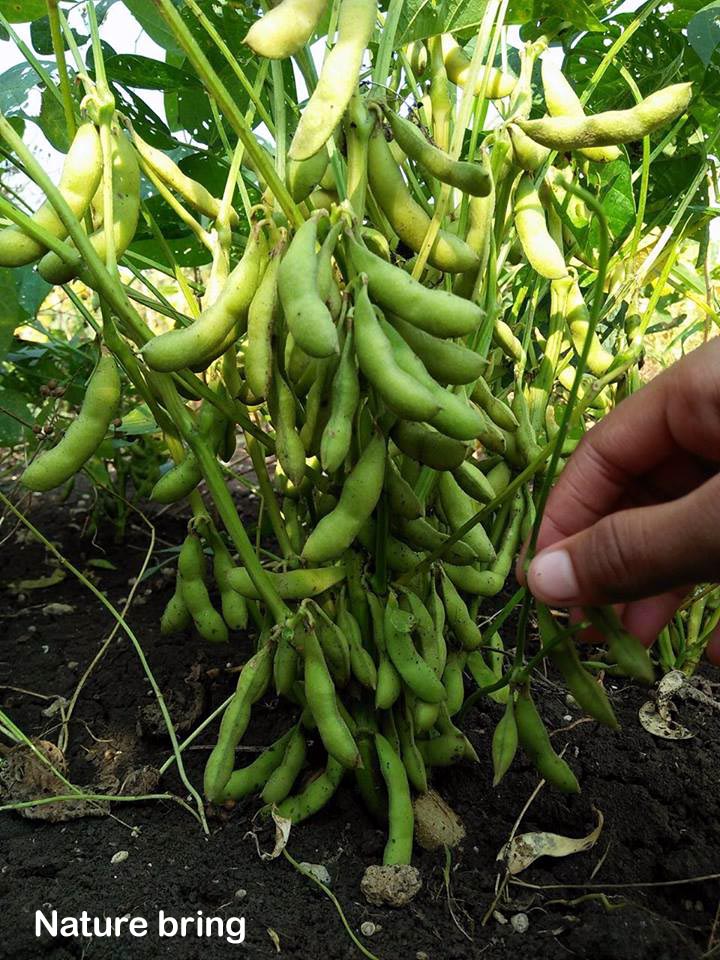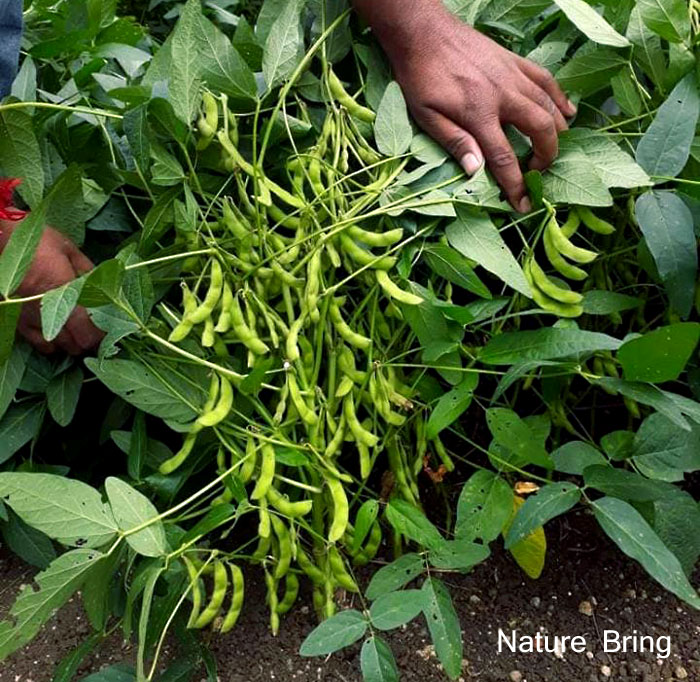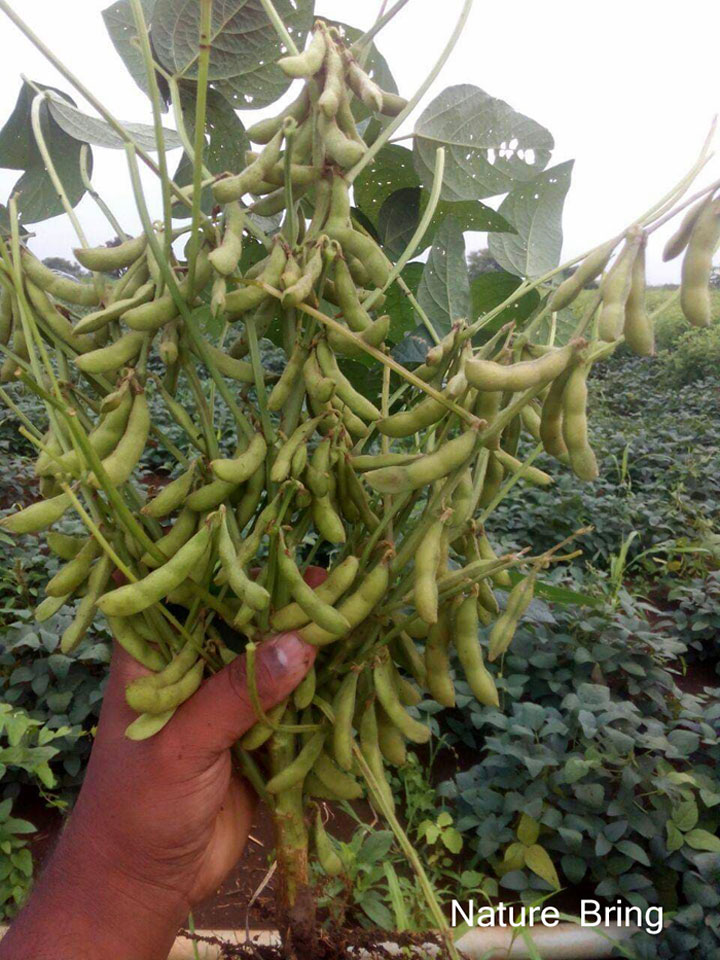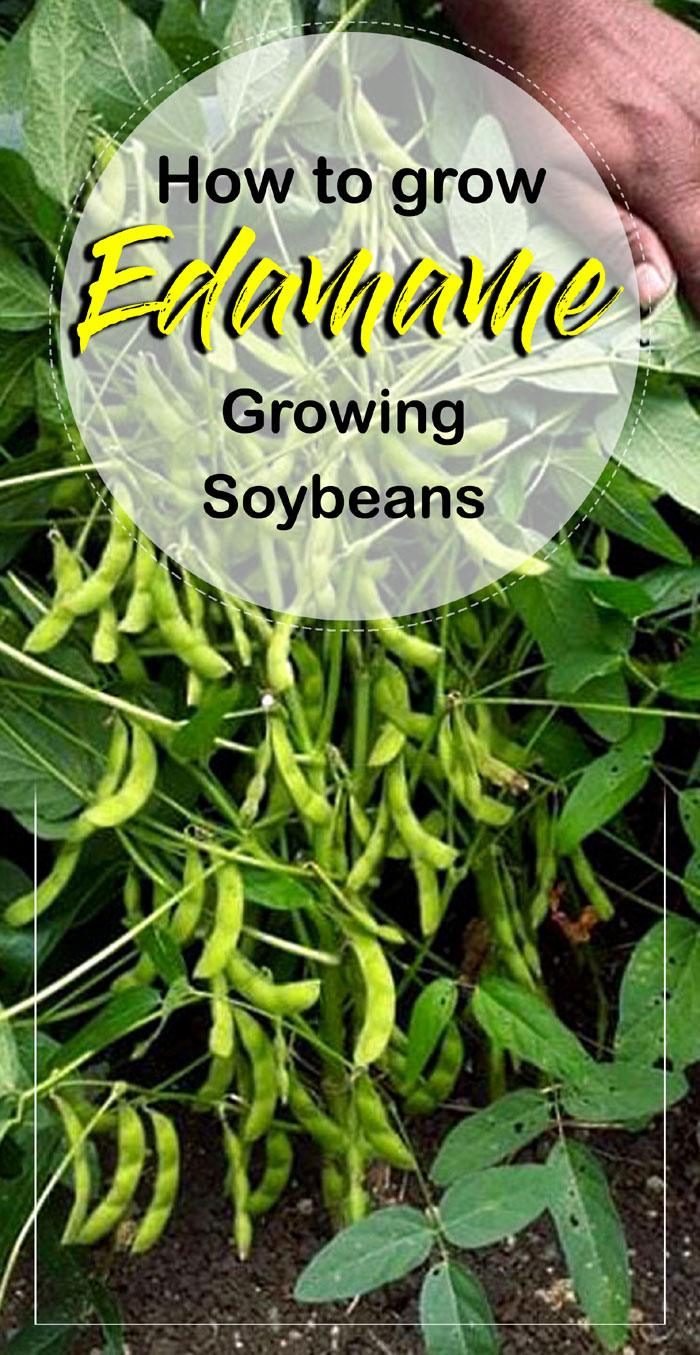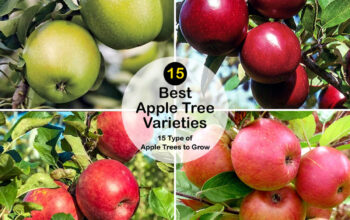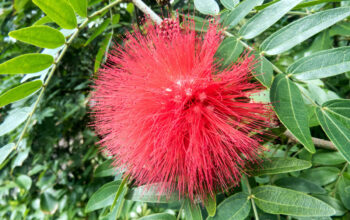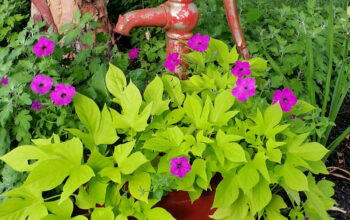Soybean (Edamame)
Learn How to grow Soybean, growing soybean, growing edamame, soybeans care, and more about these plants. Edamame is a nutritious and delicious crop that has a lot of production in India, but many countries are still unknown to this crop. It is a nutritious, protein-rich, and valuable food plant that you can grow easily in your garden. The use of young soybean is done in snacks and recipes, while mature soybean used for tofu and other soy products is in use. Soybean is used in dry areas for the production of green vegetables, soya chunks, and oil. Edamame soybean is a different kind of variety.
Edamame Bean is an immature soybean, which is used in Chinese, Japanese, Korean, and Hawaii dishes. Therefore, edamame is a young soybean and is no different from soybeans.
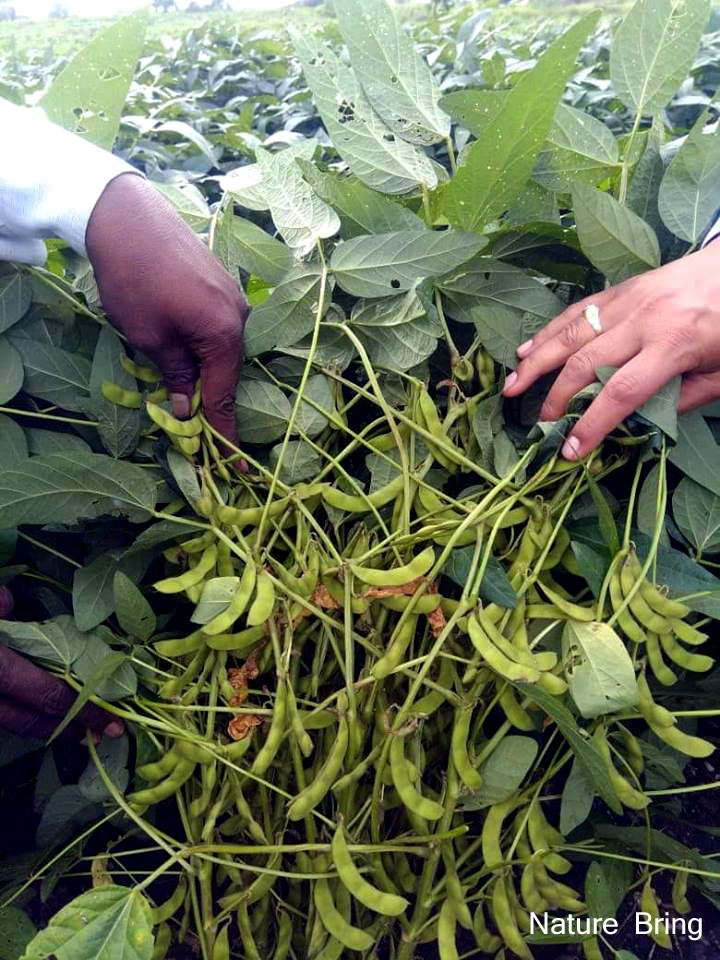
Soybean overview
Scientific name Glycine max. (L.) Merr.
Common name Edamame, Soybean pod
Plant type Vegetable
Sun required Full Sun
Soil Loamy, Well-drained
Soil pH 6 -7.5
Bloom time June- July
Zone 3-9
How to grow Soybean
Soil and Location
Edamame Performs best in well-drained soil and full sun conditions. Soil rich in organic matter is best for this, choose some acidic soil with pH 6.0 to 6.5 for the edamame plant.
Prepare the seeds
Wet the bean seeds with a water spray, then sprinkle soybean inoculant powder on top of the seed. This is a special type of beneficial bacteria, which helps in transferring the nitrogen from the air and transmitting the roots.
Soybeans planting season
Sowing of soybean during Kharif season is the normal time of arrival of monsoon, Or you can do it from the last week of June till the first week of July. If you want to sow in spring, then mid-February to mid-March is a good time. Seed treatment before planting.
In Central and Western New York areas it can successfully sow late April or early May, but an insecticide / fungicidal seed treatment is recommended because it may be more uncertain than the final.
Planting seeds
You can sow Edamame seeds directly in your garden. If you are worried about genetically modified organisms (GMO), then you should know that 94% of the Edamame grown in the US are GMOs. Buy non-GMO seeds from your trusted seed seller. If you live within a few miles of a soybean planting field, sow your seeds at least two weeks after planting their crops, so that plants do not cross-pollinate.
Temperature
After passing through all the threats of frost, you can plant your seeds in spring when the soil temperature is at least 55 degrees F.
Spacing
Plant its seeds in 1 inch deep and 3-inch apart in rows, which are 2 feet apart. All your plants will be ready for harvest at once, if you do not want to do this, then sow every 2 weeks till the beginning of July.
Watering
Remember to water your edamame plant. Although it can drought-tolerant, continuous watering will give you the best harvest.
Mulch
You should keep your form uniformly moist. When the plants are 4 to 6 inches tall, then thin planting them to 12 to 18 inches and place 1-inch thick mulch layer. After this, water your edamame plant if the soil is dry.
Soybeans care
- Thin planting 12 to 18 inches apart while plants are 4-6 inches long.
- To keep moisture in this plant and to control weeds, use mulch.
- Regularly give water during the growing season, especially when the flowers and pods begin to appear.
- Staking: When your plant gets 2 to 3 feet high, you should put each plant individually at stake. When your plant 2 to 3 feet high, then you should the stake individually for each plant or you can stake on both ends of the rows and in the middle run the string to support the plant. Read more.
Harvesting
After growing soybean, it takes 75 and 110 days to mature. When it is time to harvest, all the plants will be ready at the same time. Once you are ready for harvest, you have a short time of about three to seven days. Take a look at the pod before harvesting If the bean gives thick and bright green, then the crop is ready. And if they look yellow, you have given more time. If the leaves are starting yellow-green, then it is the right time for the harvest. Use edamame immediately after harvesting, this time it will be the best taste.
Pests problems of Soybeans
Soybeans are almost insect and disease-free because they are grown in very hot and humid climates. However, due to the humid climate and wet soils, many fungal diseases are at risk. Japanese Beetles on this plant occasionally feed on leaves. In the morning, take soap water in a large container and gather them. Rabbits and Deer like this, they need to have thorn fencing to avoid this.
Read also: How to grow Daylily in containers. How to water your plants. Growing Zucchini plants in containers. Growing and caring Colchicum bulbs. The best Filler plants for Container Gardening. 11 Best Winter Flowers for container gardening. Ivy gourd growing and caring tips. Geranium growing and caring guide. Radishes growing in containers. Sunflowers growing and caring tips.
Happy Gardening
For pin

